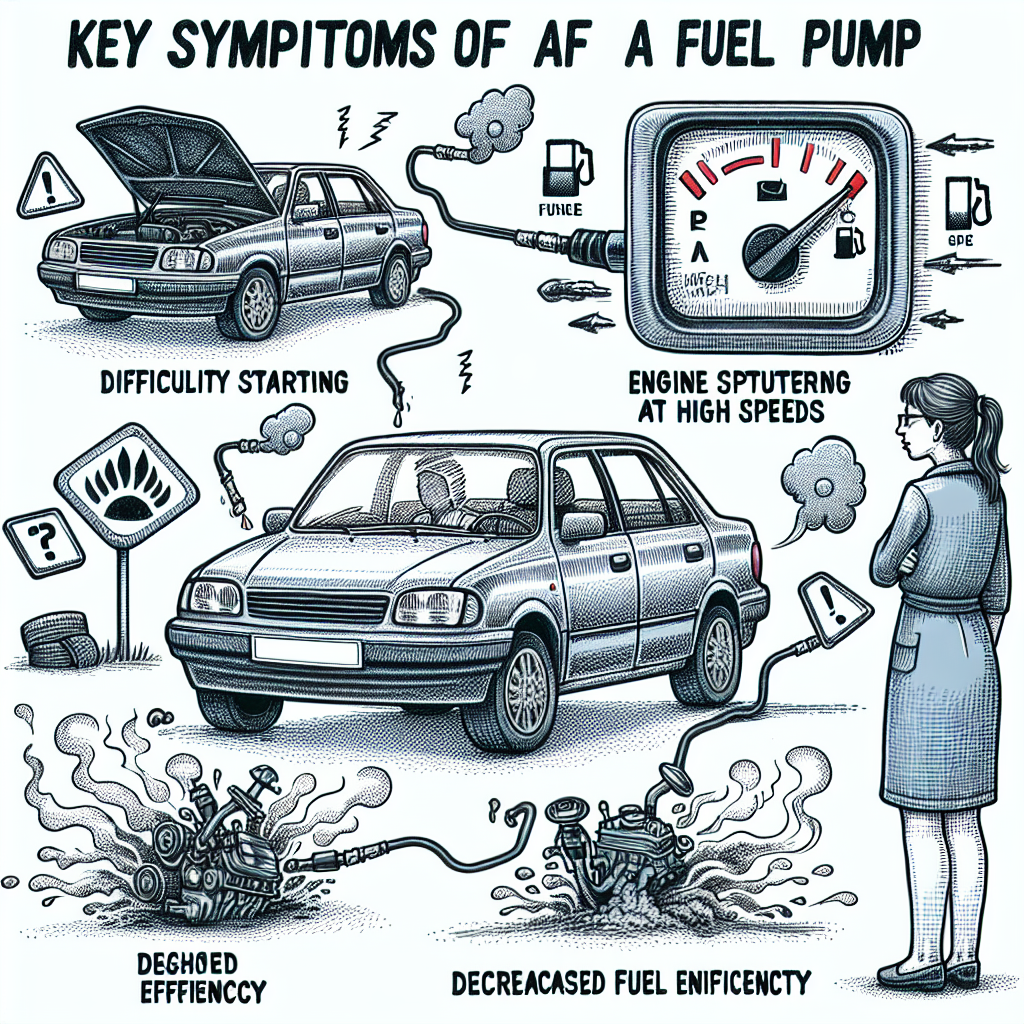
Table of Contents
- Recognizing a Faulty Fuel Pump
- Key Symptoms of a Malfunctioning Fuel Pump
- Step-By-Step Guide to Fuel Pump Replacement
Introduction
Is your Toyota Corolla not performing up to mark? The culprit might be a faulty fuel pump, a crucial component that you can replace on your own without requiring any specialized equipment. This comprehensive guide will walk you through identifying fuel pump malfunctions, spotting signs of failure, and a complete, easy-to-follow fuel pump replacement procedure.
Recognizing a Faulty Fuel Pump
To determine if the fuel pump in your Toyota Corolla is defective, you will need a specialized pressure gauge designed to measure fuel line pressure. Run the tests under the following conditions:
- With the engine turned off
- While the engine idles
- Five minutes post engine shutdown
- If the fuel line pressure falls below 1.5 kg/cm² within five minutes after engine shutdown, or ranges below 3.1 kg/cm² or above 3.5 kg/cm² during idling, then a fuel pump replacement is the most logical next step.
Key Symptoms of a Malfunctioning Fuel Pump

The fuel pump in most Toyota Corollas with gasoline engines is located in the fuel tank. If it's failing, you may notice:
- Lack of fuel in the combustion chamber, which prevents the car from starting
- Sporadic fuel pump disconnection or reduced performance
- Lower-than-normal pressure in the fuel rail
- Sudden jerks or jolts while driving
- Inconsistent idle RPMs
- Difficulty starting the engine, regardless of external temperature
A malfunctioning fuel pump can cause a variety of issues that hamper your Toyota Corolla's performance. This guide aims to offer professional, detailed insights into the procedure for replacing the fuel pump, as well as the fuel filter if needed. We have prepared a step-by-step approach for those with over 100,000 km on their odometer who may be unfamiliar with the process.
When to Consider Replacement
If your Toyota Corolla has exceeded 100,000 km and you've not yet replaced the fuel filter, it's time to consider a comprehensive fuel pump replacement, especially if both are integrated into a single unit.
Step-By-Step Guide to Fuel Pump Replacement

- Disconnect the Negative Battery Terminal: Begin by detaching the negative terminal of your car battery.
- Remove the Rear Seat's Lower Portion: Next, dismantle the lower part of the rear seat to access the fuel tank.
- Access the Fuel Tank: Open the protective cover concealing the fuel tank.
- Prevent Contamination: Before disconnecting fuel lines and removing the cover, ensure that no dust or debris falls into the fuel tank.
- Turn the Cover Counterclockwise to Open: Rotate the protective cover in an anti-clockwise direction to open.
- Extract the Fuel Pump Assembly: Once the cover is removed, take out the entire fuel pump assembly.
- Separate Components: Unfasten the plastic clips holding the lower portion of the assembly and extract the fuel pump along with its G-shaped filter.
- Special Considerations Based on Corolla Models
- The fuel pump assembly may differ depending on your Toyota Corolla's model. For instance, the Corolla 150 comprises two separate components, whereas the 120 version combines them into one. Pay attention to the G-shaped coarse fuel filter while disassembling. In most assemblies, the fuel pump is only held in place by a rubber gasket—don't forget to install it back with the new component.
Preventive Measures for Longevity
One of the common reasons for fuel pump failure is a clogged filtering element. To extend the life of your fuel pump, avoid running your car on a low fuel level. The fuel pump is cooled through the circulation of fuel; hence, maintaining an adequate fuel level is crucial.

 The fuel pump in most Toyota Corollas with gasoline engines is located in the fuel tank. If it's failing, you may notice:
The fuel pump in most Toyota Corollas with gasoline engines is located in the fuel tank. If it's failing, you may notice: